What Is Foursomes?
The popular pairs golf format is used in the Presidents Cup as well as other big team matches, but how does it work?

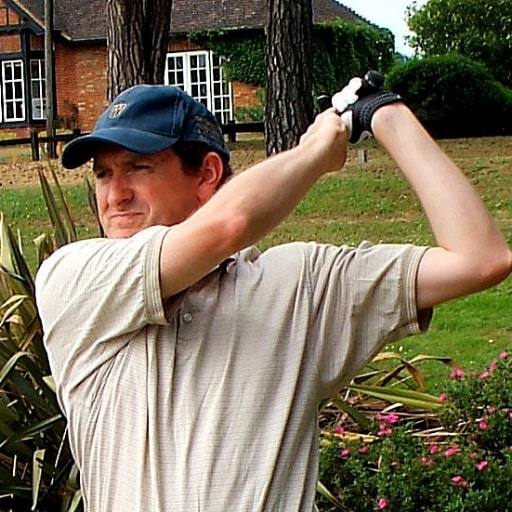
Foursomes has always been a fundamental aspect of golf in both the amateur and professional games.
It is an intriguing format that tests the teamwork, resilience and skill of two golfers competing together as a team.
The pair play with one ball, and take alternate shots from the tee all the way to the putt being holed. This process is then repeated throughout the round, with one player teeing off on all the even-numbered holes and the other on the odd-numbered holes.
This tactical decision is made by players prior to the round, and cannot be changed once started.
How Is Foursomes Scored?
Foursomes can be used in both match play and stroke play, although it's the former that is most commonly adopted. An exception to the rule is during the PGA Tour's Zurich Classic event, where foursomes is used during two of the four rounds with an alternate shot stroke play format.
The Presidents Cup, Ryder Cup and Solheim Cup uses the match play format of foursomes, with the pair who records the lowest score winning the hole. If the same score is produced, for example both pairs recording a four, the hole is tied and play is moved on to the next tee.
If Team USA wins the first hole, they go 1-up and if the International Team win the next hole it moves back to all-square. In order to win, a team needs to be 'up' by more holes than the remaining number to play.
Get the Golf Monthly Newsletter
Subscribe to the Golf Monthly newsletter to stay up to date with all the latest tour news, equipment news, reviews, head-to-heads and buyer’s guides from our team of experienced experts.
For example, if USA are 3-up with two holes remaining then the final holes are not played and the victory is declared as a scoreline of 3&2.
What Are The Rules Of Foursomes?
In foursomes, both players are able to take action for their team - whether that be to mark the ball or lift and replace it, irrespective of whose turn it is to play next. One partner can also act for the team in actions such as conceding a shot or a hole.
Similar rules also apply for the caddies of the team, who are able to help either player in the pair (in line with traditional rules and regulations) wherever they see fit.

Can Amateur Golfers Play Foursomes Matches?
Players can play with their own set of clubs, or they can share a set. However if they share, this set of clubs is still not allowed to contain more than 14 clubs. In amateur golf when foursomes is played, the team’s handicap is half of the two players’ combined handicap.
Scotch Foursomes is a variation of this format. It is also known as Greensomes. In this both members of the team tee off, and then they select one of the drives and play with this ball for the rest of the hole, taking alternate shots with it. Whoever played the selected drive, his or her partner plays the second shot.
Foursomes is a way for four players to play together at times when courses only offer slots for two balls matches. Played sensibly, foursomes can also be a way to get round quickly.
As there is no need for the partner who is not teeing off to be on the tee they can move down the fairway near to where the drive is likely to end up. This has the benefit of helping spot where the errant drive goes. It also enables the second shots to be played swiftly after tee shots.
Contributing Writer Roderick is the author of the critically acclaimed comic golf novel, Summer At Tangents. Golf courses and travel are Roderick’s particular interests. He writes travel articles and general features for the magazine, travel supplement and website. He also compiles the magazine's crossword. He is a member of Trevose Golf & Country Club and has played golf in around two dozen countries. Cricket is his other main sporting love. He is also the author of five non-fiction books, four of which are still in print: The Novel Life of PG Wodehouse; The Don: Beyond Boundaries; Wally Hammond: Gentleman & Player and England’s Greatest Post-War All Rounder.
-
 RBC Heritage Tee Times 2025: Round Four
RBC Heritage Tee Times 2025: Round FourA fascinating final day is in prospect at Harbour Town as some big names challenge for the title - here are the tee times for Sunday
By Mike Hall
-
 Justin Thomas Calls One-Stroke Penalty On Himself In Third Round Of RBC Heritage
Justin Thomas Calls One-Stroke Penalty On Himself In Third Round Of RBC HeritageThe overnight leader breached a rule on just his second hole of the day as his bid for a first win since 2022 suffered a setback
By Mike Hall
-
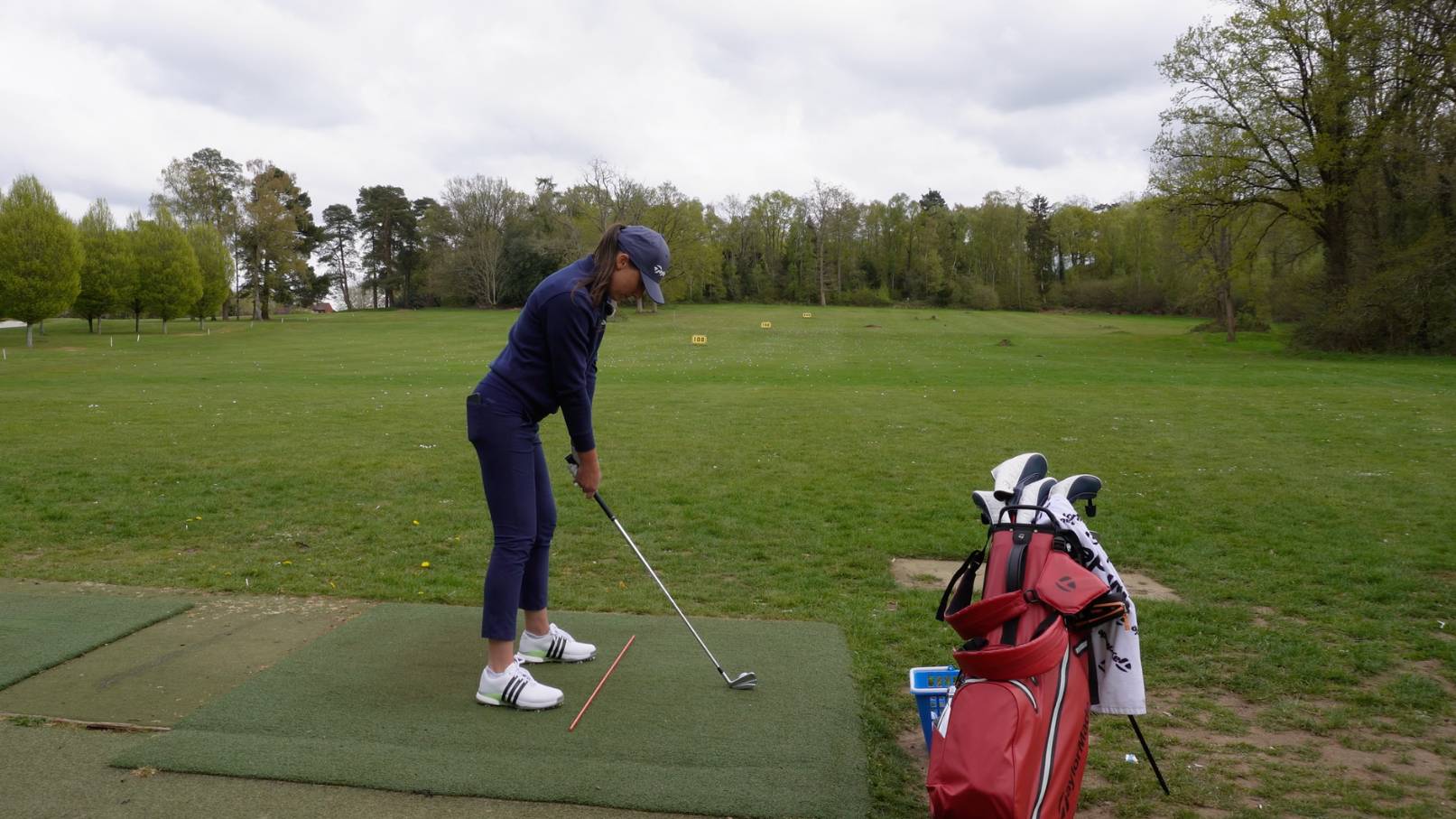 Why I'm Not Obsessed With Scratch (Yet) - The Joy Of Just Getting Better
Why I'm Not Obsessed With Scratch (Yet) - The Joy Of Just Getting BetterSingle figure golfer Jess Ratcliffe on finding enjoyment in gradual progress
By Jess Ratcliffe
-
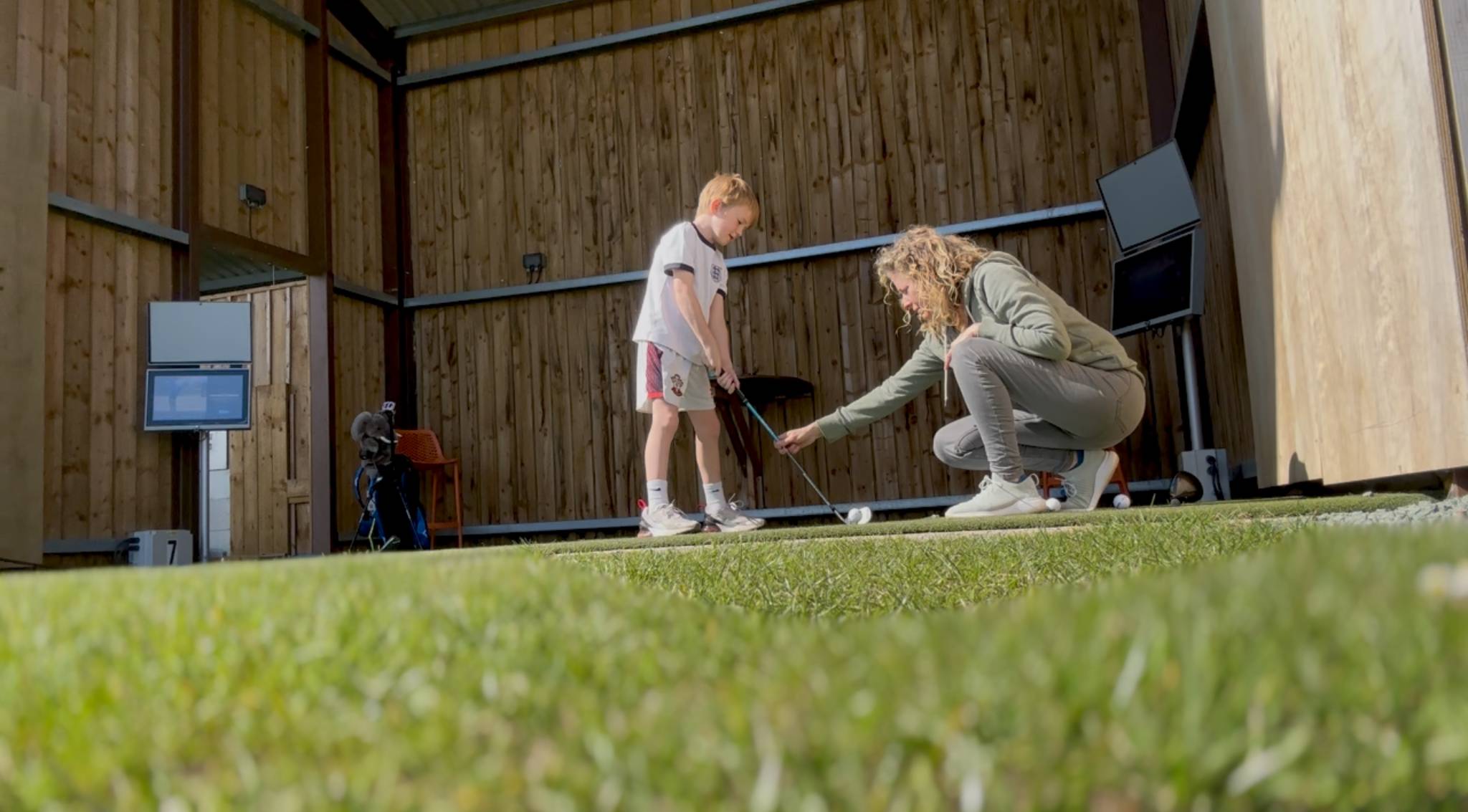 I’m A PGA Golf Coach - Here's Why I Made Sure My Kids Can Play Golf
I’m A PGA Golf Coach - Here's Why I Made Sure My Kids Can Play GolfFrom life lessons to lifelong friendships, Top 50 Coach Katie Dawkins on what golf can give your children
By Katie Dawkins
-
 From Body-Baring To Dialed In: Grace Charis Redefines Golf Fashion
From Body-Baring To Dialed In: Grace Charis Redefines Golf FashionInfluential golf content creator Grace Charis launches new apparel brand
By Alison Root
-
 Golf Gave Me Confidence... Then Social Media's Toxic Culture Tried To Take It Away
Golf Gave Me Confidence... Then Social Media's Toxic Culture Tried To Take It AwayA young content creator's journey to own her golf game and her voice
By Katie Clarke
-
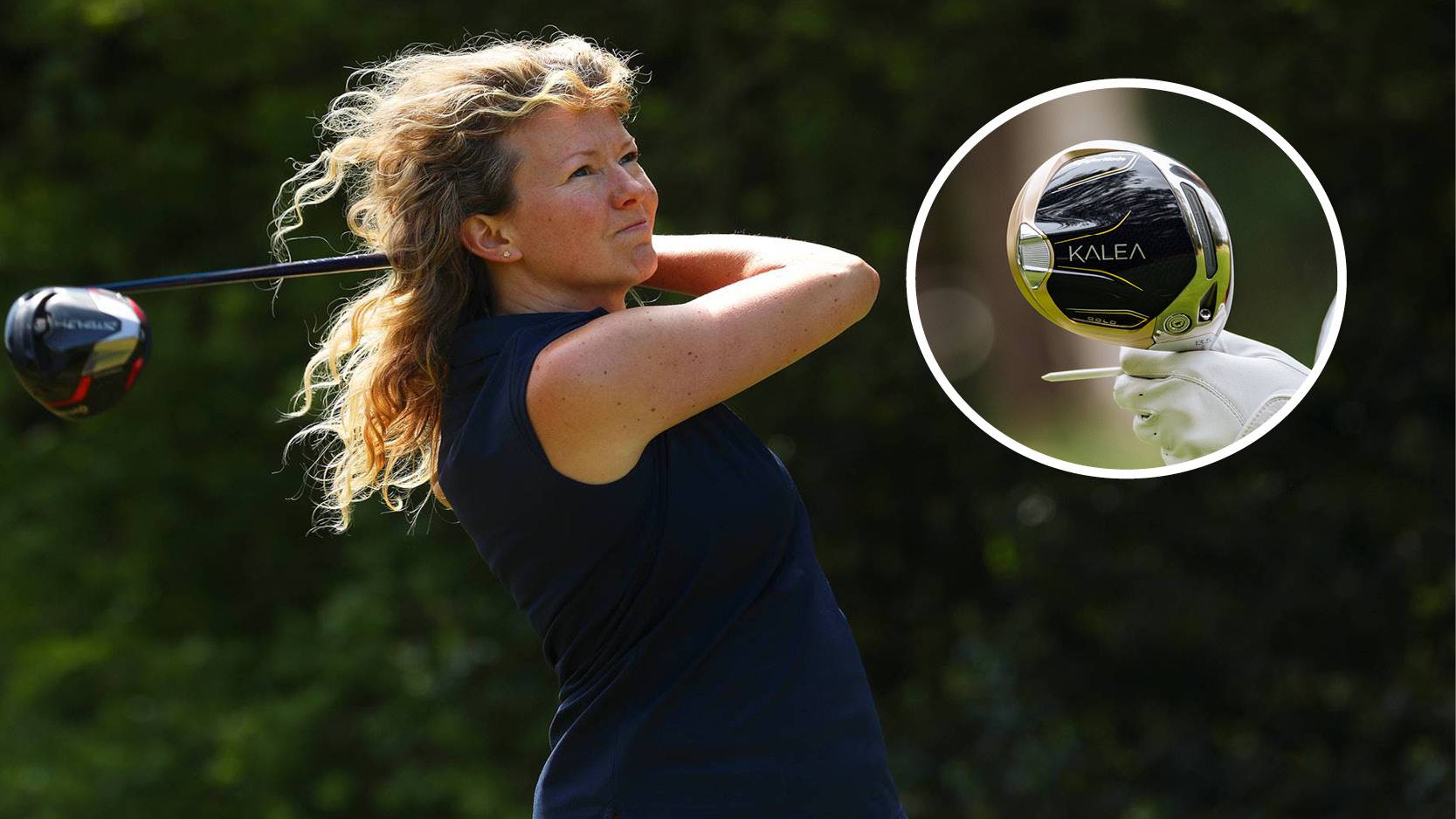 How Far Does The Average Female Club Golfer Hit Their Driver?
How Far Does The Average Female Club Golfer Hit Their Driver?We've looked at the data... Find out if you are hitting your driver an average distance
By Alison Root
-
 Tee Box Inequality: Why Aren't All Tees Rated For Women?
Tee Box Inequality: Why Aren't All Tees Rated For Women?Long-hitting female golfers are let down by tee ratings
By Katie Dawkins
-
 What I Learned From My First Golf Competition: The Unexpected Importance Of Preparation
What I Learned From My First Golf Competition: The Unexpected Importance Of PreparationPlaying in your first golf competition can be a daunting experience. Here are 5 tips to help you prepare for a stress-free round
By Carly Cummins
-
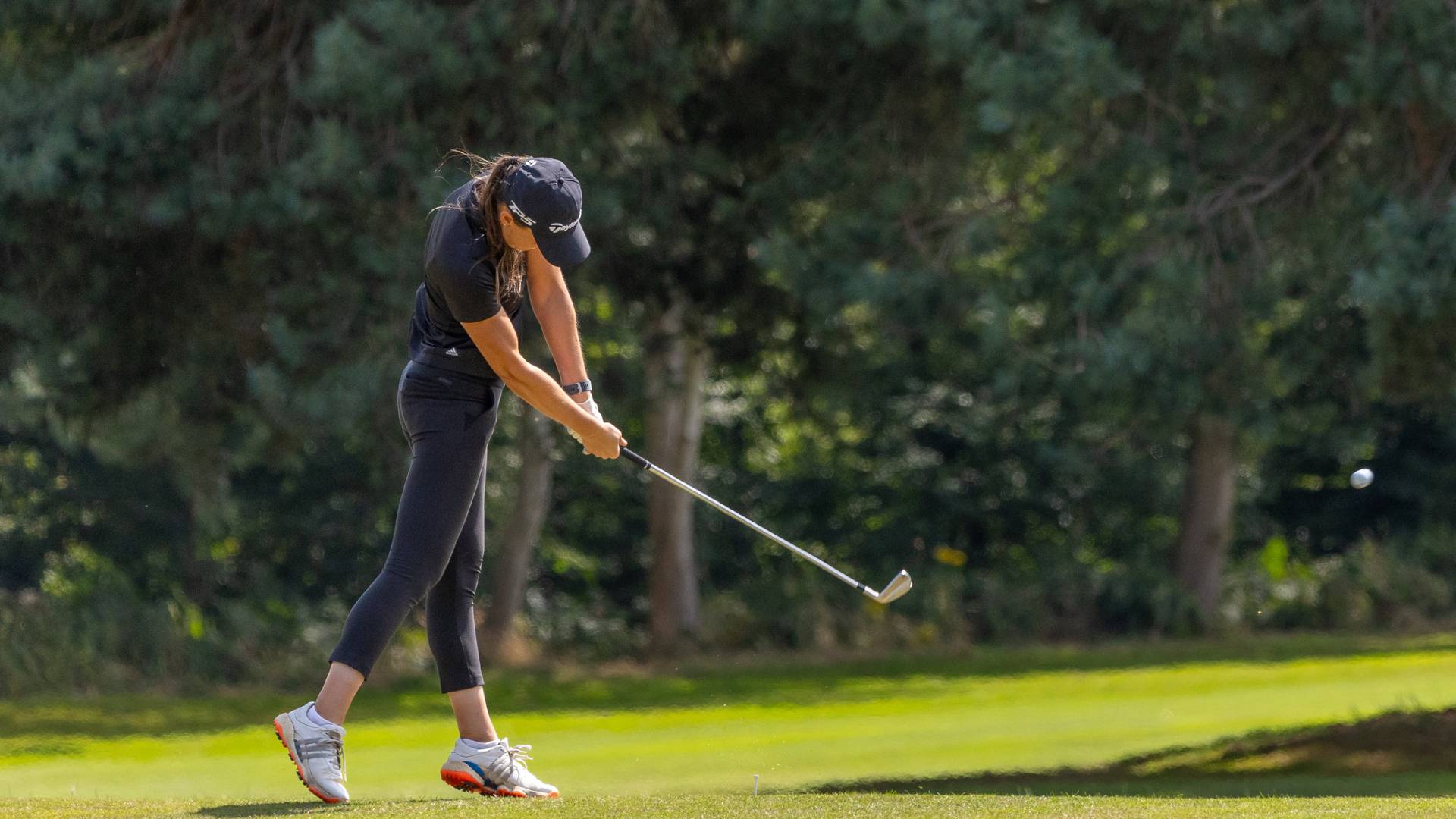 I've Always Struggled To Create That Solid, Compressed Strike... Until I Fixed These 5 Key Moves
I've Always Struggled To Create That Solid, Compressed Strike... Until I Fixed These 5 Key MovesSingle figure golfer Jess Ratcliffe on how she has fixed her swing puzzle to deliver crisp shots
By Jess Ratcliffe